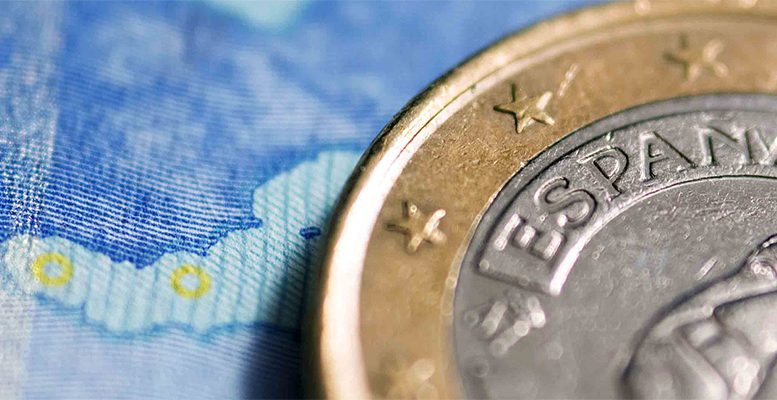Ofelia Marín-Lozano | A decade after the beginning of the financial crisis, net profits in the Spanish banking sector continue the upward trend begun in 2012, and in some cases (Caixabank, Bankinter and Sabadell) exceed pre-crisis levels, registering historic maximums.
It is worth pointing out that, despite a difficult interest rate environment, the operating profit before provisions shows a slight improvement in Spain, except in those banks who have had to deal with extraordinary expenditures linked to corporate operations (the purchase of Mare Nostrum by Bankia and BPI by CaixaBank).
The outlook in terms of profit per share is much less favourable. Given that the number of shreas has increased (overall, more tan double the number in 2007), the net profit per share is less than a half pre-crisis levels (in the two main banks it is a third of what it was, in Bankinter 62% and Sabadell 26%).
In terms of the operating profit per share from activities in Spain, Sabadell and Bankinter are in the best position, with the operating profit representing almost two thirds of pre-crisis levels. Of the two big banks, BBVA is in a better position tan Santander (the operating profit from activities in Spain is 24% and 38% of 2007 levels respectively).
In short, the vein already seen in 2016 continues: net profits improve, to which has contributed the reduction of provisions and sanitation; and operating profits improve slightly, subject to pressure on incomes (negative short term interest rates) and with few opportunities for cost cutting, except in those banks who have carried through recent corporate operations. The challenge of improving income in a context of historically low interest rates remains, with regulatory pressure and strong competition from niche operators who don´t have the regulatory demands of bank capital.
The future return on equity (ROE) will condition the relation price/book value and share value of the banks, as it has done in the past. To the extent that the sector is able to recover double digit profits on its own resources, as is expected, it should be able to recover share values clearly greater that book value; even more so in a context of long term interest rates consolidated at levels and least two percentage points below the past and a profitability from capital which the Bank of Spain estimates at 8%.





